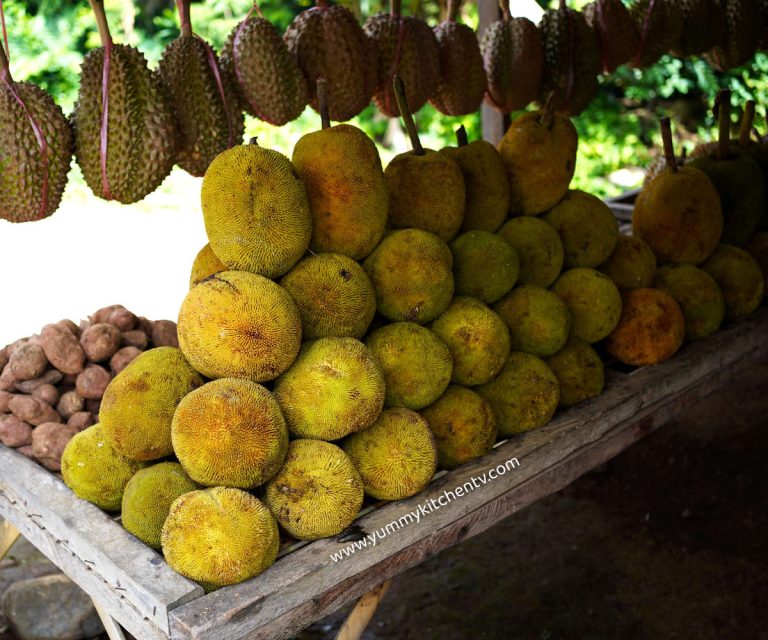Dalandan – The Sweet Filipino Lime
The Dalandan fruit, or in English Sweet or Sour Orange (dalandan scientific name “Citrus x sinesis”) is a variety of citrus that’s a cross between a pomelo and mandarin orange. Similar to oranges but are round to oblong in shape, having shiny green, or sometimes with a blush of yellow on it’s soft rind. These are tart, refreshingly sour, with a mix of sweetness that gets even sweeter as it matures. Rich in vitamin c, antioxidants, and immune boosting, these are popularly made or added into drinks, savory dishes, and desserts. Find out more about dalandan in the Philippines.

A short Introduction
The Dalandan tree or plant are classified as Citrus Aurantium, a variety of late-season sour oranges that grows on small erect trees belonging to the Rustaceae Family. While there are many iterations of its English name like the ‘Sour Orange’ or ‘Sweet Orange’ in the west, and ‘Green Mandarin’ specifically in Central America. Dalandan came from the Spanish word ‘Naranja’ for orange. Native to Southeast Asia, grown and cultivated since ancient times. Brought by American explorers in the 16th century, adapting the plant to suit warmer climates. Now, this fruit is almost available the whole year round in the Philippines. But even if it is available the whole year, you’ll notice some difference in its taste, being more sweet during the it’s season from May to June or in the late months of the year, and more often sour during off season.
The fruit is often described as a hybrid between a lemon, lime, and orange, sometimes even seen as a larger version of the calamansi. But to be specific, these are small to medium in size, round to oblong in shape, having a shiny soft green rind, sometimes these are colored with a blush of yellow to orange patches. The thin skin can be easily peeled off by hand, or if it’s juiced, sliced in the middle with a knife, has a few white inedible seeds inside the flesh, which are separated to segments covered in thin white membrane, reminiscent of an orange. These have a juicy, sweet, and a bit sour and tart usual acidic citrus taste, that gets sweeter as it matures.
This Philippine Orange, ‘Dalandan’ might be confused with ‘Kahel’ the Tagalog word for ‘orange’. It’s a popular flavoring for many beverages from a simple Dalandan juice, shakes, smoothies, cocktails, and commercialized sparkling drinks, eaten as is, or dipped with salt and sili to neutralize the sourness, made into marmalades, candies, filling for baked goods, or sweet and savory dishes as a substitute for any citruses, that need a milder sweeter taste.
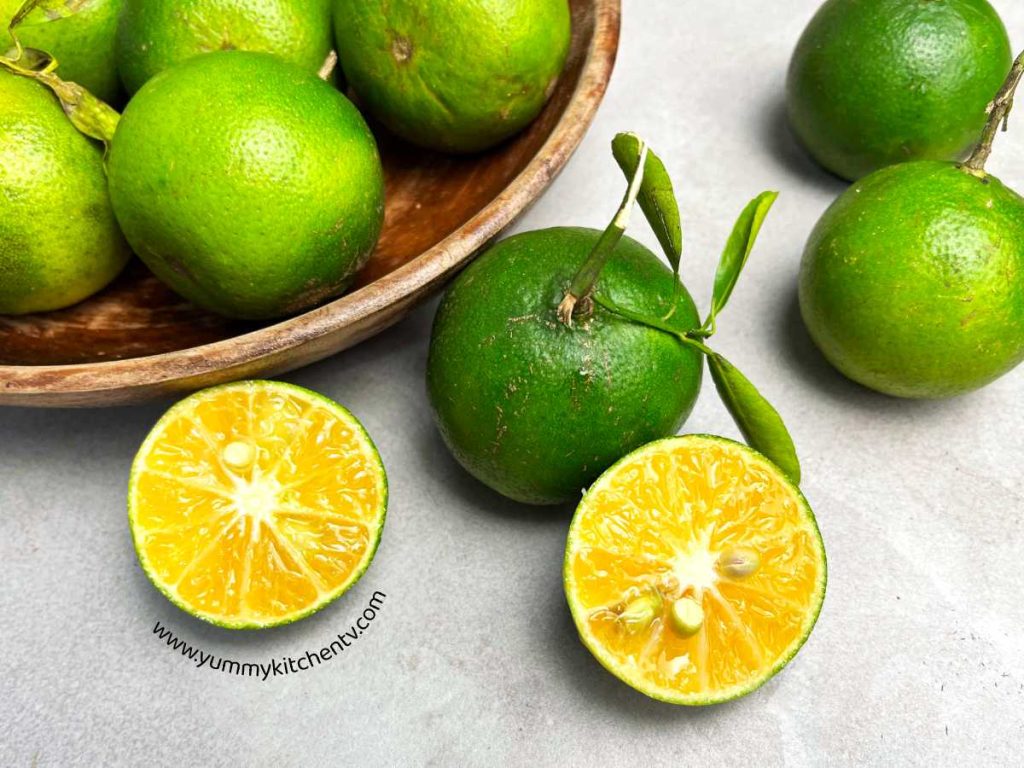
Dalandan Vs Orange
The biggest difference would be the color, with the Oranges a bright orange sometimes with green marks, and the Dalandan having a light to dark green skin. These green fruit being a variety under oranges, has a lighter sweeter taste, and is less acidic.
Dalandan benefits and side effects
This green colored orange like fruit is packed full of flavor and nutrients. A serving of 100 grams only has around 37 to 66 worth of calories. Similar to every fruit in the citrus family, these are a great source of Vitamin C and essential vitamins that promote general health, Dalandan is even good for dogs. But what more can we benefit from the dalandan, and are there any side effects?
- These have anti-cancer potential, being high in vitamin C and antioxidants which many citrus fruits have.
- Have anti inflammatory effects, these are great for preventing chronic inflammation that may result in diseases like metabolic disorder, heart disease and cancer.
- Promotes skin health and keeps the skin from aging, Vitamin C is also a prerequisite to create more collagen to the body. Needed to help repair, keep it elastic, and slow signs of wrinkles.
- Prevents Constipation, being high in fiber, stimulating an easy bowel movement. This also means that it helps with weight loss, being an appetite suppressant and helps with increasing the metabolism.
- Reduces the risks of kidney diseases. This fruit improves potassium levels and lowers blood pressure, which in turn minimizes strain on the kidney.
Side Effects
While the dalandan has very tempting benefits, there are still some things to keep in mind.
- For topical use, dalandan essential oils (dalandan oil) may cause you to be photosensitive (heightened skin sensitivity, or being extremely sensitive to the sun rays)
- Do not take citrus drinks or fruits with coffee at the same time. This might increase your blood pressure.
- Like most foods, these should be taken in moderation, especially when pregnant, breastfeeding, and suffering health conditions that don’t allow acidic foods. Do consult a doctor if you plan to use dalandan medically.
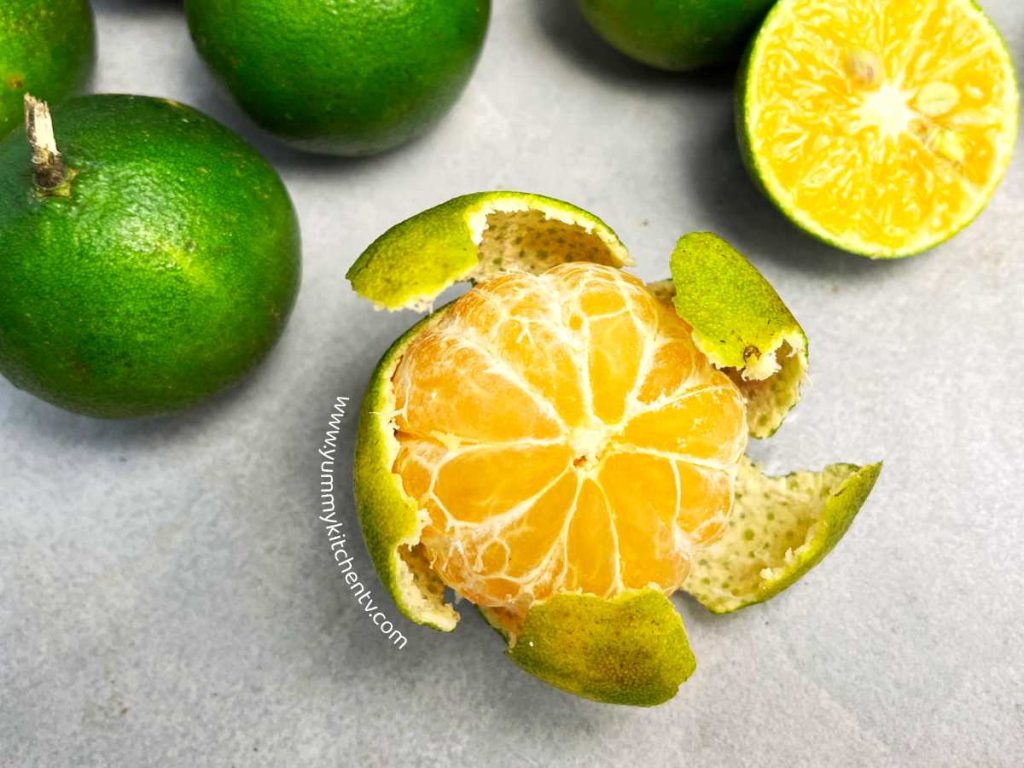
Questions:
- Is Dalandan good for coughs?
Dalandan is good for coughs and the common cold. Drinking a warm cup can help increase the body’s resistance against diseases and infection.
- Dalandan peeling benefits?
Smelling the peels can soothe nausea and dizziness, sometimes the rinds are used by bakers to add a slight scent on pastries or as a citrus alternative.
- Dalandan for pregnant women?
These like any other fruits, these are great for anyone who wants a boost of Vitamin C. These are especially great for those in their first trimester of pregnancy.
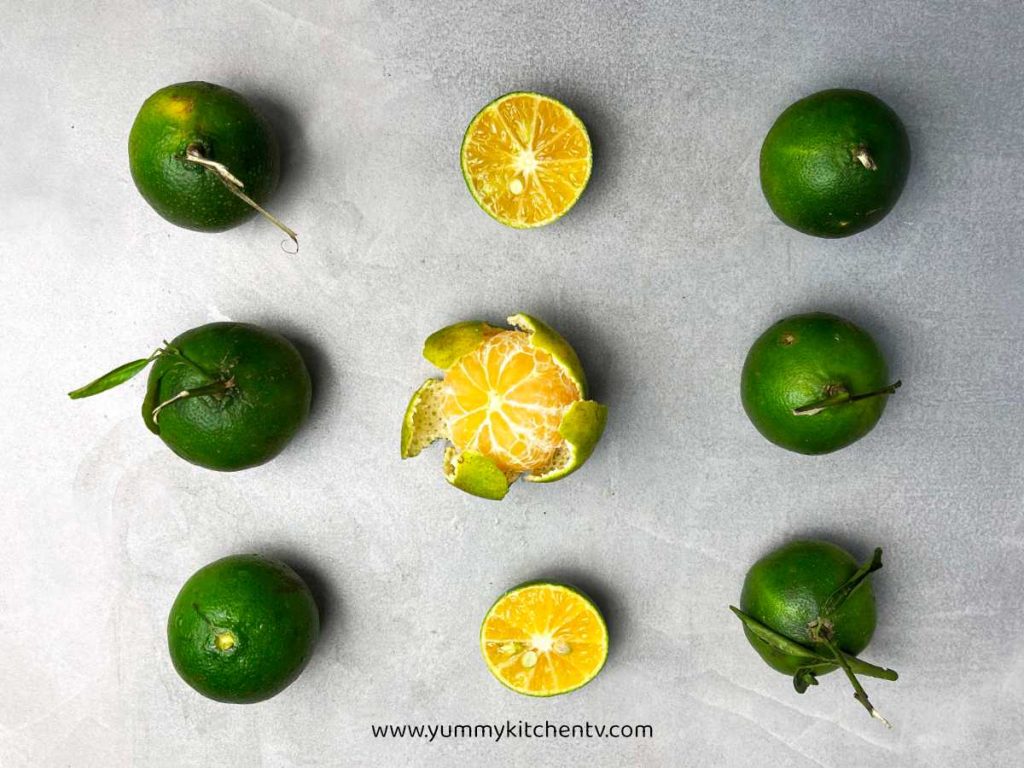
Recipes:
- Orange Chicken – try it as a sweeter alternative to oranges. Fried marinated chicken sauteed in a sweet delicious citrus sauce. Creating a delicious sticky savory-sweet crispy chicken dish.
- Creamy Lemon Chicken – the healthier option, chicken breast spiced, cooked till tender, then slathered in a delightful tangy, subtly sweet, and refreshing cream sauce.
- Bangus with Lemon Garlic Sauce – boneless milkfish made more interesting with a lemon garlic sauce that really awakens the senses.
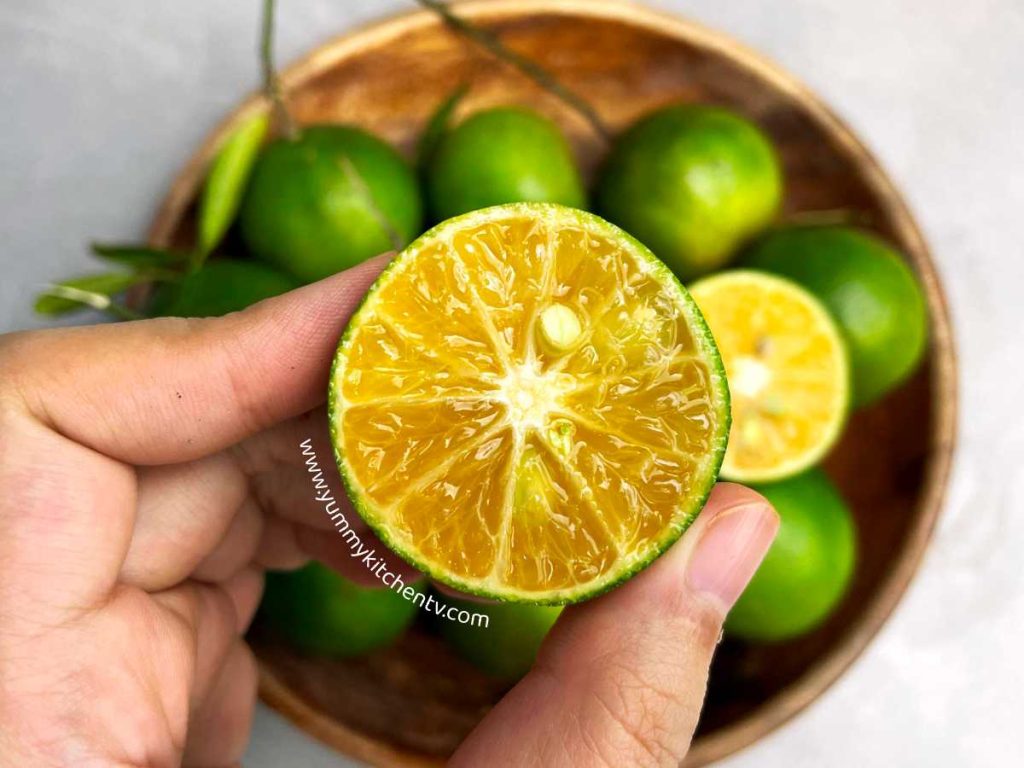
Well-known as the Philippine’s version of the popular orange fruit. This dalandan fruit is not only delicious and tasty, it’s also available almost anytime of the year, and is chock full of great benefits. Commonly squeezed into a juice, diluted in hot water, sometimes adding a bit of sugar, drunk for nausea, the common cold or sore throat, digestion, and to lessen gas pains. Give this sweet less acidic fruit a try!
#Dalandan #FilipinoFruit #CitrusLove #HealthyEating #TropicalFruits #VitaminC #RefreshingJuice #PinoyFood #FruitLovers #CitrusBurst #TropicalDelight #FilipinoCuisine




